FuelEU & EU ETS compliance costs for a 3,000 TEU Panamax containership
FuelEU and EU ETS compliance cost are estimated at $2.5 million in 2025 alone
This case study determines the costs of compliance for a 3,000 TEU Panamax containership with respect to FuelEU and EU ETS. The ‘business as usual’ scenario assumes the ship consumes an annual amount of 8,000 mT of HFO and 1,500 mT of MDO while operating fully in EU waters, leading to maximum exposure. The resulting annual compliance costs for business as usual range from $2.5M in 2025 to $23M in 2050, or $840 - $7,600 per TEU.
Mitigation options
Two different pathways are evaluated to determine mitigation options and OPEX costs: shore power and wind-assisted propulsion. These pathways can almost negate FuelEU penalties until 2035, after that other fuels (biofuels or RFNBOs) are needed to compensate. Savings for shore power are approx. $400k per year in 2025, savings for wind-assisted propulsion are approx. $600k in 2025. Alternative fuels and CAPEX are excluded for this case study - contact us to include this in a customized analysis for you.
-
This case study assumes the total amount of energy provided by the auxiliary generators - 64.1 MJ or 1,500 mT of MDO - is instead provided by means of shore power. The resulting improvement in FuelEU penalty leads to a cost saving of €375k in 2025, up to €3,750k in 2050, steadily increasing over time. No CAPEX is included in for this case study, but shore power will be mandatory for containerships under FuelEU Maritime.
Total amount of savings are $10.5M from 2025 to 2050.
-
To determine the maximum amount of savings, the most optimal wind factor under FuelEU is assumed (0.95). No CAPEX or further analyses are performed with regards to technical feasibility, only the maximum OPEX savings are determined. Fuel reduction is excluded (!). Results show that the initial savings are $575K in 2025 (no FuelEU penalty) rise to a maximum of $1,230k in 2030, and then steadily decline to $260k savings in 2050.
Total amount of savings are $4.6M from 2025 to 2050.
-
Panamax 35,991 GT and 3,000 TEU vessel called “Pan-o-max”
8,000 mT HFO and 1,500 mT MDO consumption annually
Sailing in EU 100% of the time to determine maximum exposure
All prices are assumed constant from 2025 to 2050 - EUA price is €85
No CAPEX or alternative fuels have been included
-
The Compliance Cost Calculator is used for this case study. This tool determines the financial impact of regulations on a vessel’s operations, in particular FuelEU and EU ETS. It calculates compliance costs under business-as-usual conditions and allows for scenario-based assessments of different mitigation strategies, such as switching to alternative fuels, using shore power, or implementing wind-assisted propulsion. This tool helps shipowners, operators, charterers and fleet managers understand their regulatory exposure, quantify penalties, and explore a some cost-saving strategies to maintain compliance while optimizing operational expenses.The Compliance Cost Calculator also enables a scenario-based comparison, allowing users to evaluate different compliance pathways. It dynamically incorporates decarbonization targets, emission factors, and fuel consumption data, giving a tailored cost breakdown for 2 scenarios. A report of your analysis can be exported and shared, supporting C-level decision-making, investment strategies, and regulatory reporting. You can use the tool for …
Risk & exposure analysis – Identify cost risks associated with regulatory (non-)compliance and determine the best strategies to reduce financial penalties.
Regulatory compliance assessment – Determine the cost implications of EU ETS and FuelEU Maritime penalties and identify cost-saving strategies.
Investment case report – Create a structured analysis to present cost scenarios and regulatory impacts for 2 ships to decision-makers.
Voyage compliance cost comparison – Project fuel, EU ETS and FuelEU penalties for different voyages instantly - useful for charters.
Lifetime extension analysis – Compare compliance costs for alternative end-of-life dates for the same ship.
Sign up for premium tools and benefits
Don’t want to sign up? Check pay-per-use options








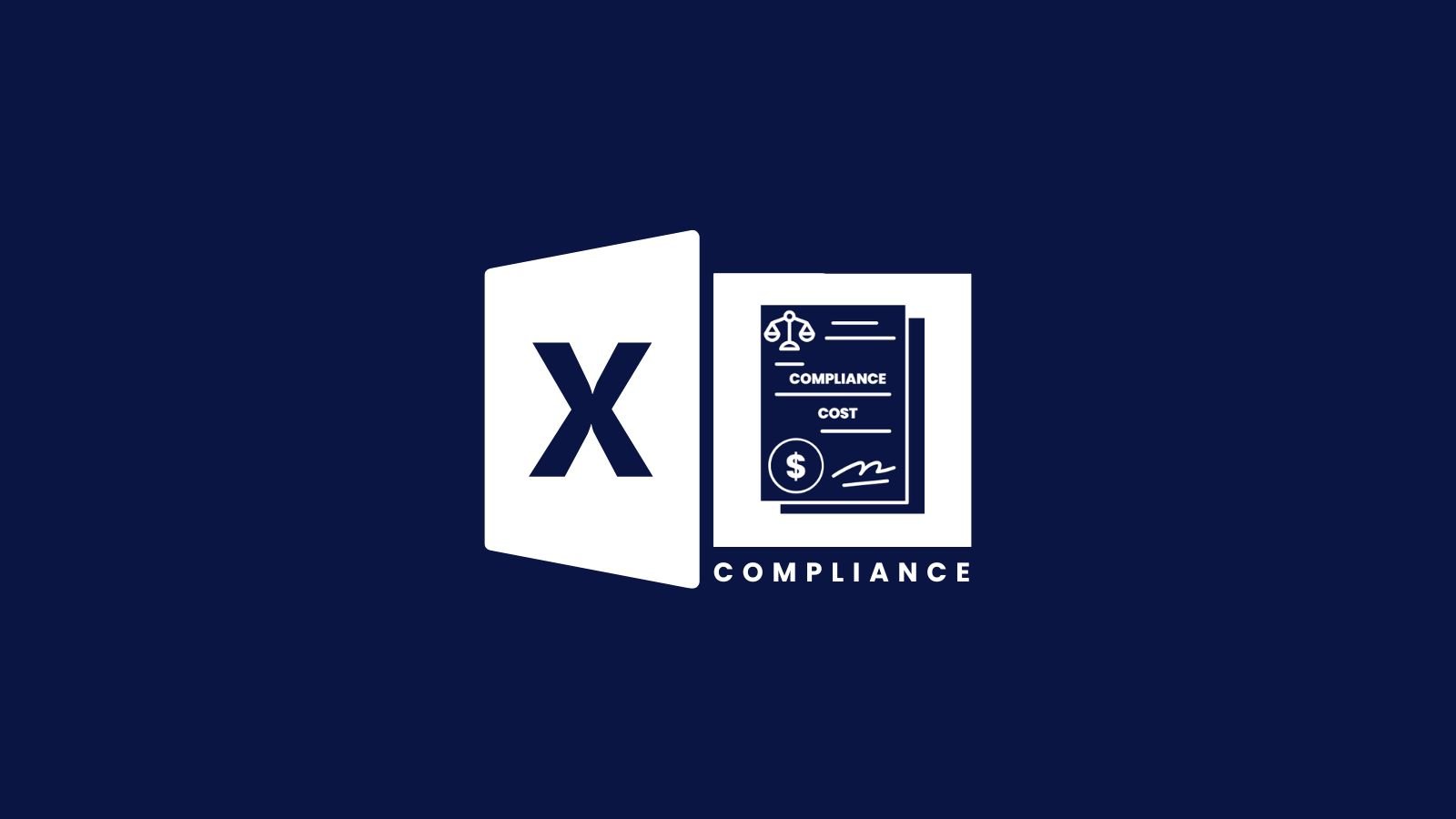







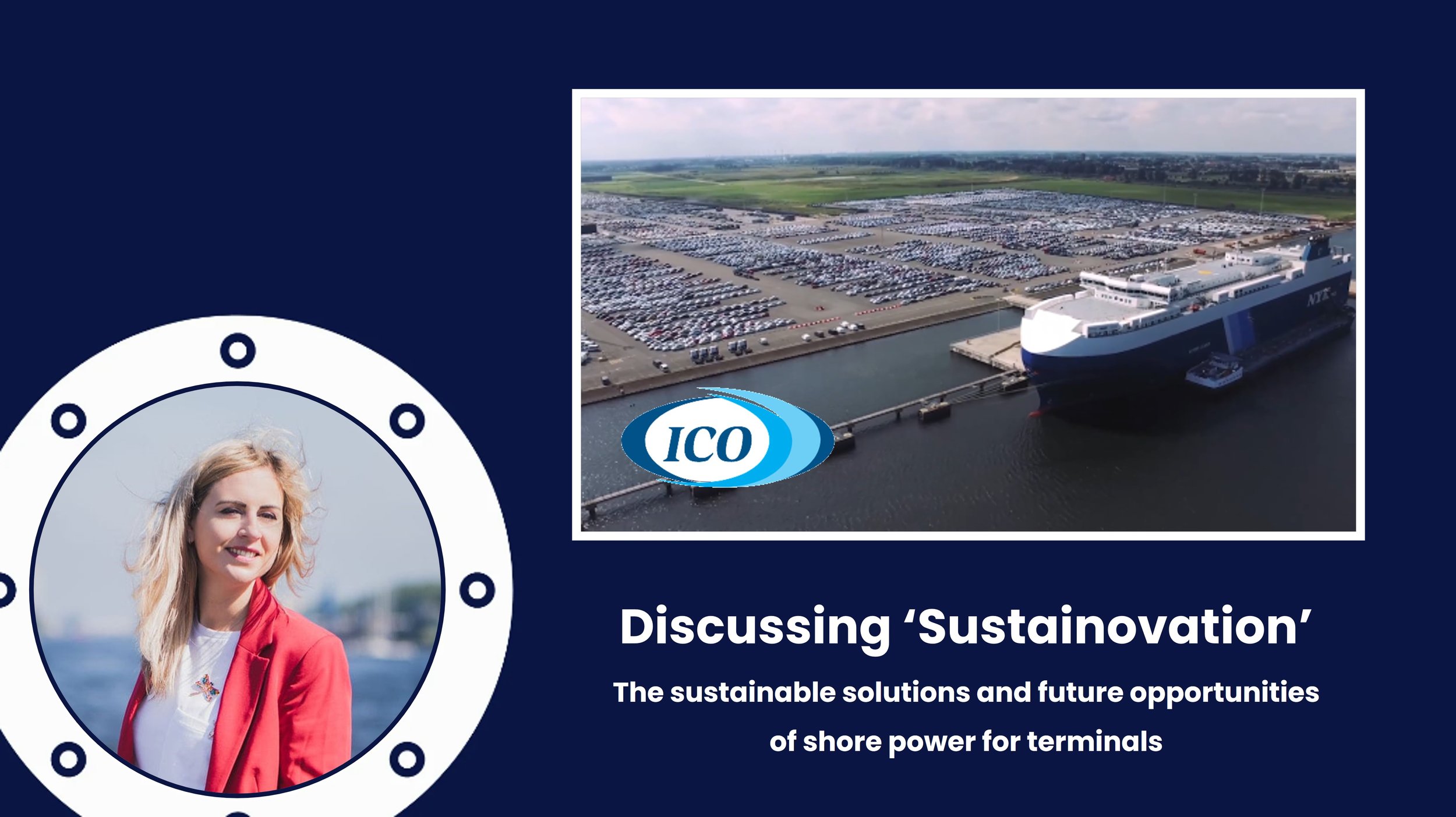






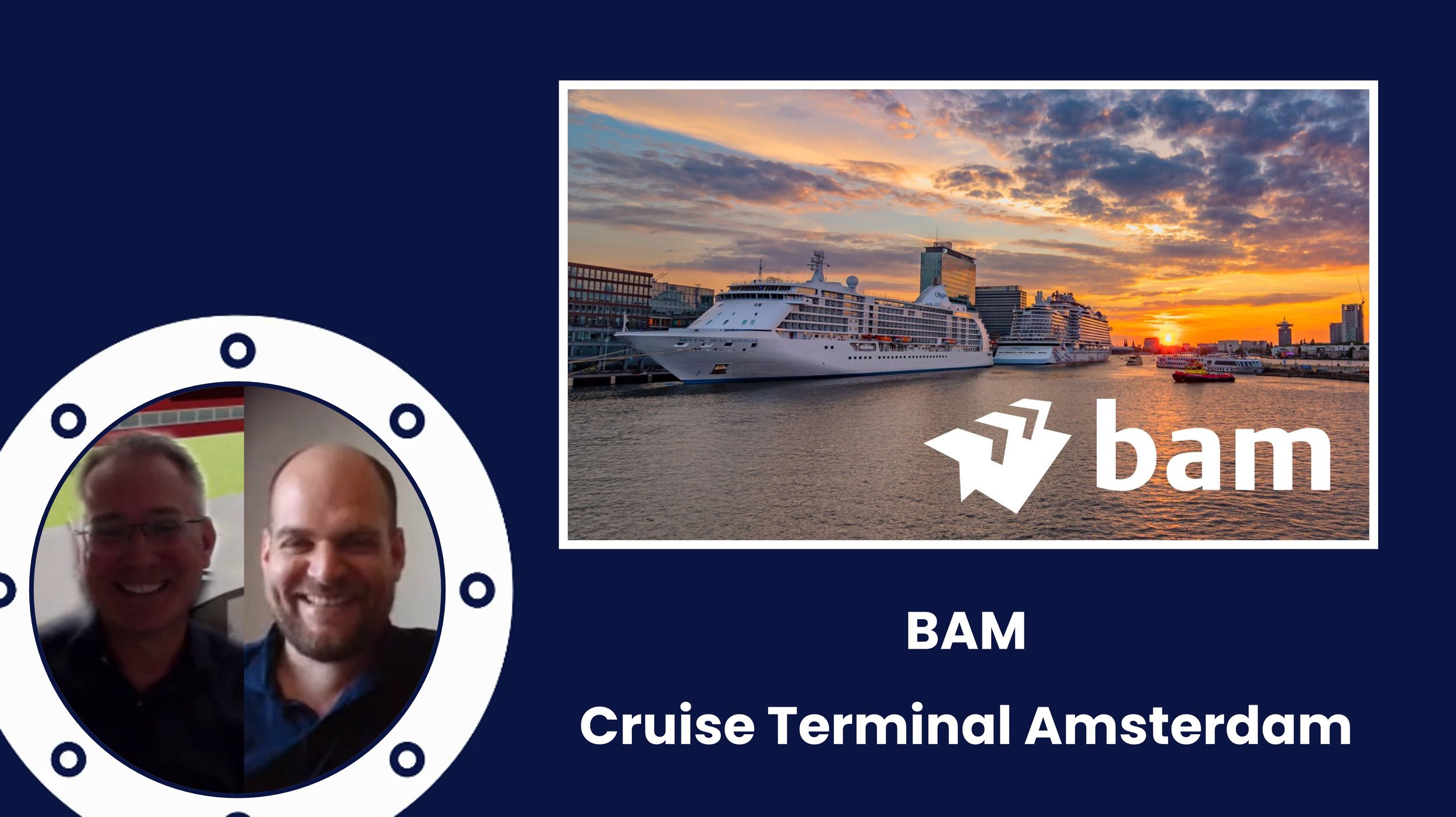


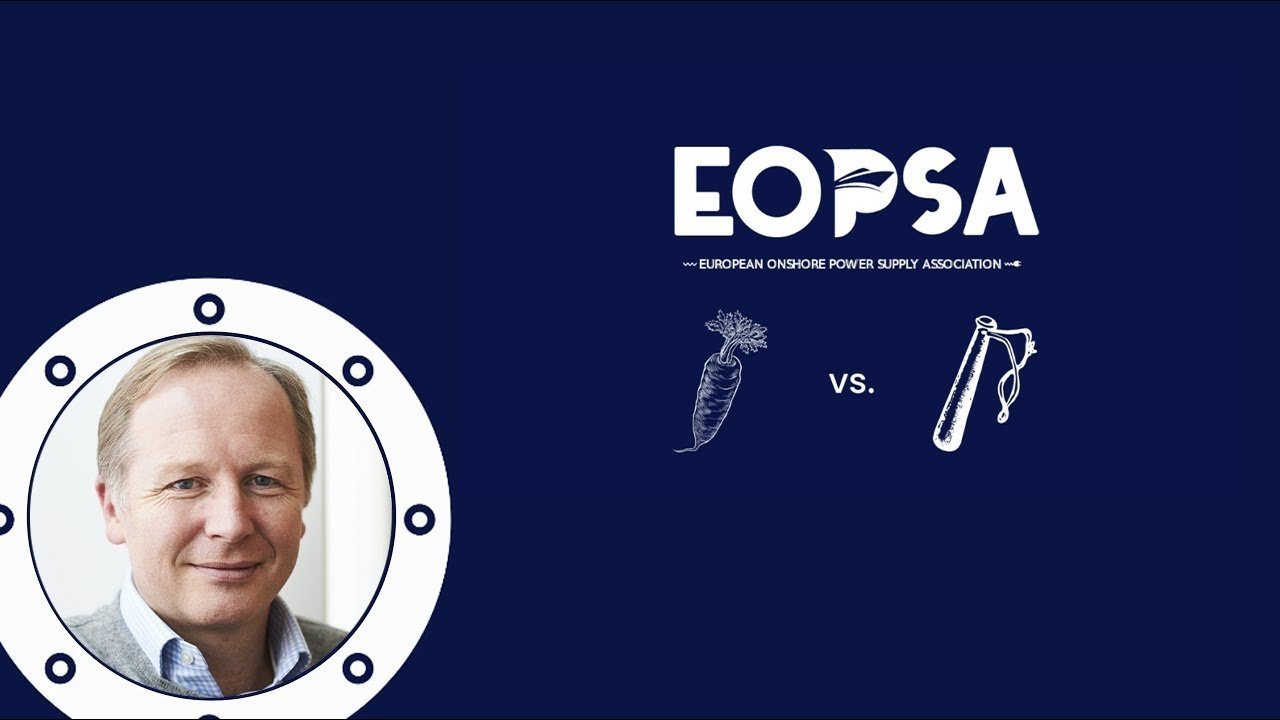

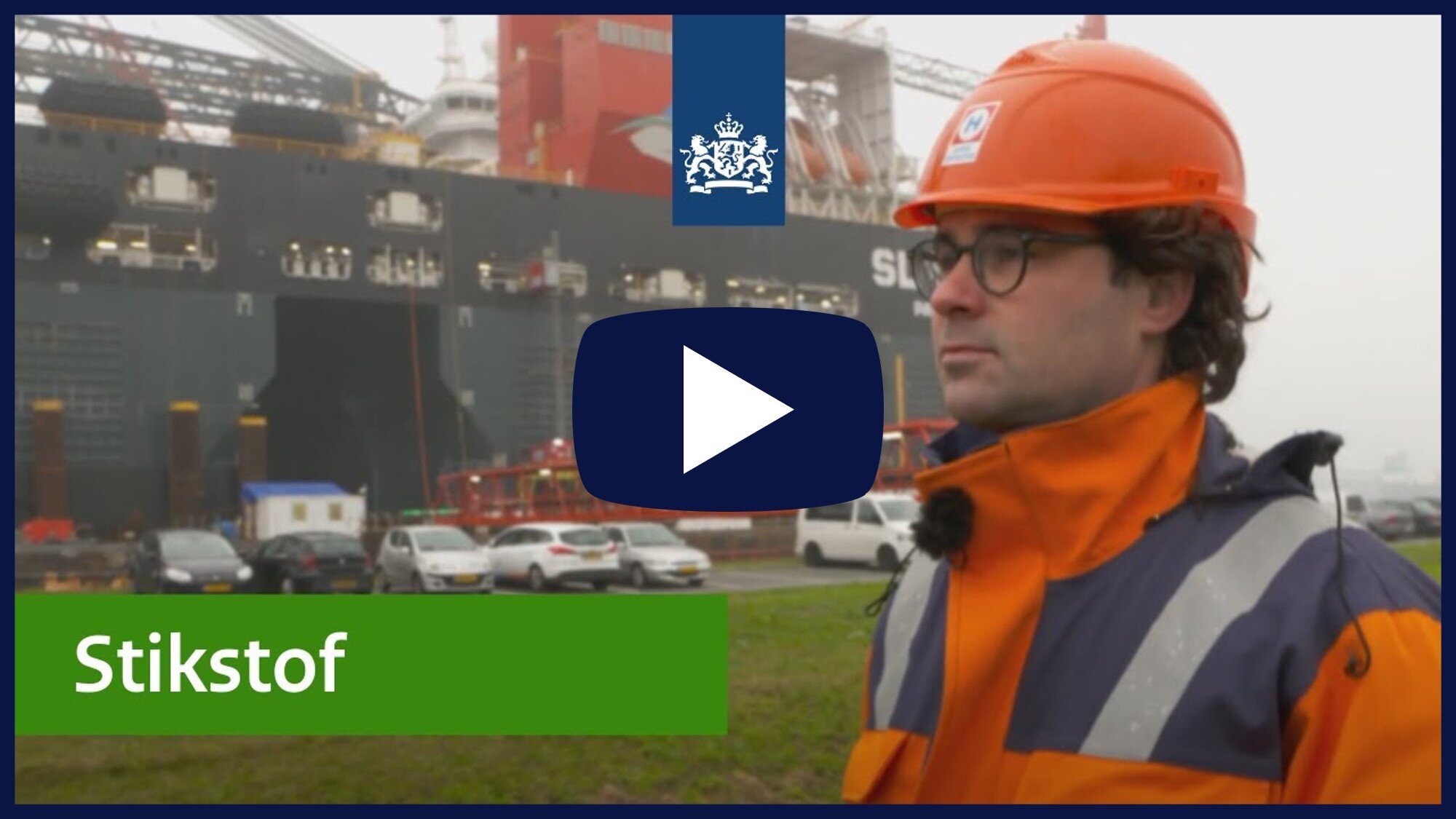





This case study evaluates a mobile shore power battery barge designed for a 1,730 TEU containership in the Port of Rotterdam. An average power demand of 329 kW and a peak demand of 1 MW is assumed. This results in the requirement of two 20-ft containerized batteries integrated into a Low Voltage Shore Connection (LVSC) system. Estimated savings for the ship reach €500 per 24-hour period, primarily due to reduced FuelEU compliance costs, which could exceed €600,000 over 10 years.